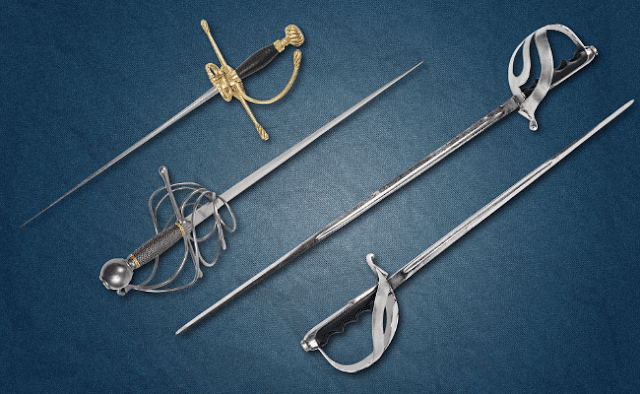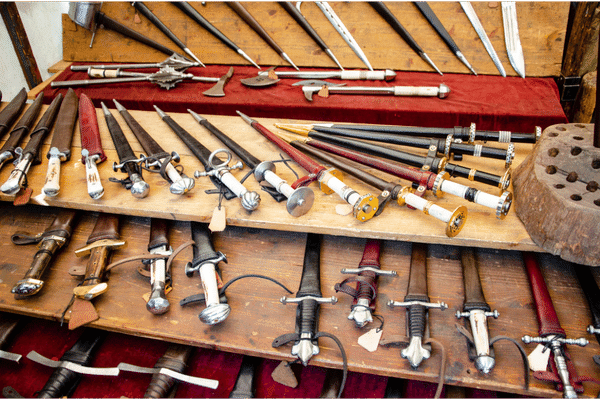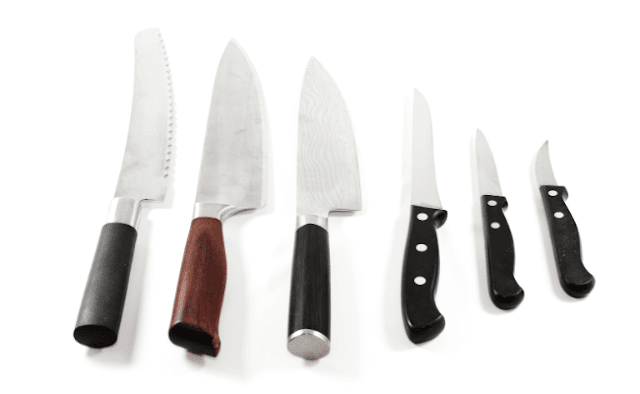Unveiling the Greatsword: Mastery in Two-Handed Longswords.

In the vast repertoire of historic weaponry, the Greatsword stands as a formidable embodiment of power and precision. Also known as a Two-Handed Longsword, this weapon commands attention with its imposing size and versatile design. Join us as we explore the intricacies of the Greatsword, delving into its historical roots, distinctive features, and the artistry behind wielding these majestic longswords. I. Historical Roots of the Greatsword: Medieval Origins: The roots of the Greatsword trace back to medieval Europe, where knights sought weapons that could deliver devastating blows on the battlefield. Emerging in the late 15th century, the Greatsword became a staple for warriors seeking an edge in both offense and defense. Evolution of Warfare: The design of the Greatsword was influenced by the evolution of warfare. As armor became more sophisticated, so did the need for larger, more powerful weapons capable of penetrating defenses. The Greatsword rose to prominence as a re...




